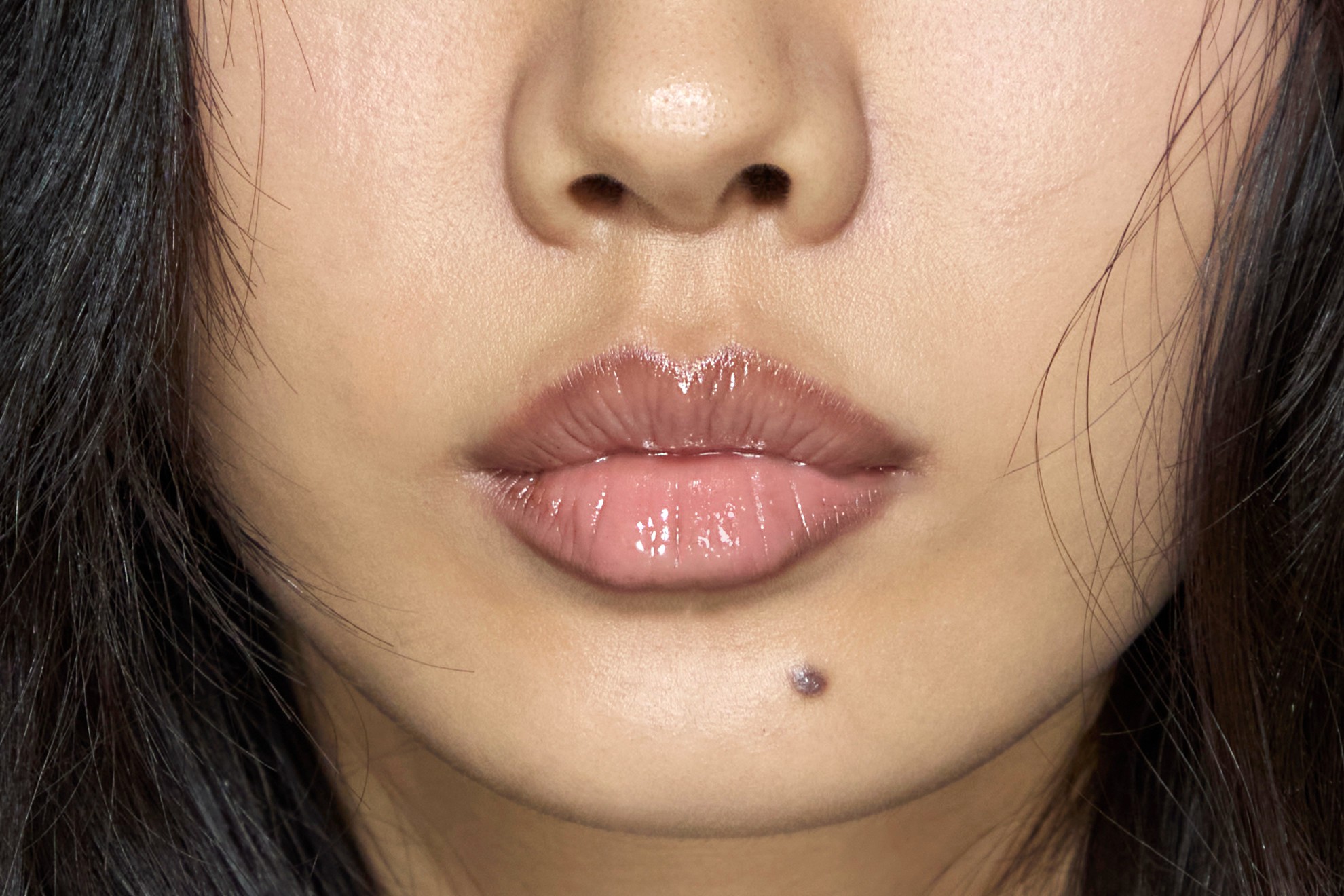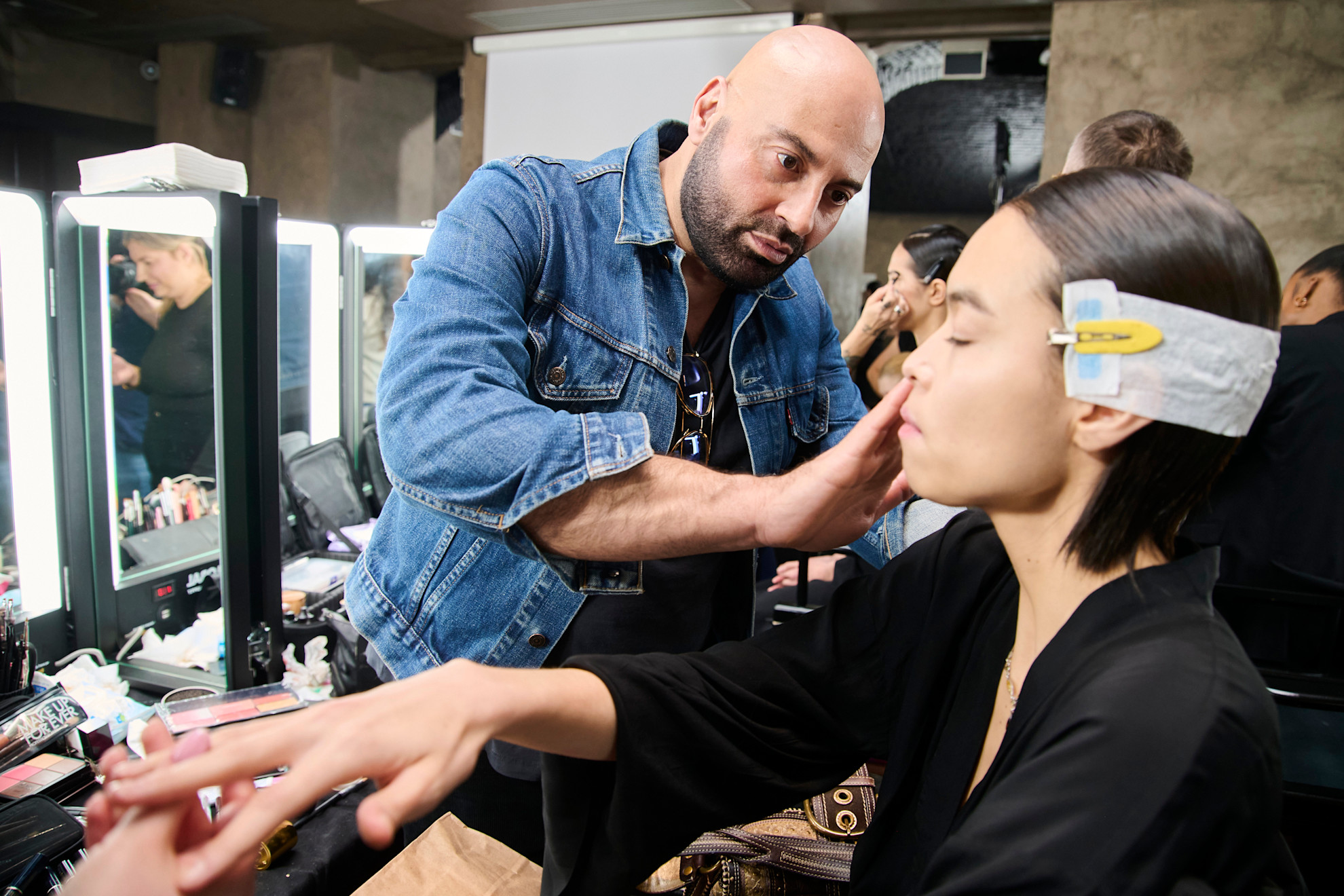
Let's get something straight: Following a checklist on how to unclog your pores won't get you very far. You cannot erase or eliminate your pores. Love them or hate them, pores are a structural layer of your skin that will always be there. If you want to know how to minimize pores, though, I've got you covered—just keep your expectations realistic.
You can focus your attention on removing excess dirt and oil from your pores, which will, in turn, make them appear smaller. A skincare routine that includes the best pore vacuums, the best at-home chemical peels, and one of the best cleansers for combination skin is a solid start. But there are also a ton of dermatologist-approved tips to get out all the gunk and make your pores look less noticeable. Lucky for you, we've spoken to the experts and meticulously laid out how to minimize your pores ahead.
Here, board-certified dermatologists Joshua Zeichner, M.D. FAAD, Rachel Nazarian, M.D. FAAD, Nava Greenfield, M.D. FAAD, and Ginger King, a cosmetic chemist, share their must-read tips for blurring pores and achieving smooth, glowing skin.
Why Do Some Pores Look Larger Than Others?
Pore size is genetically determined, so there's a certain amount you can't change. Some individuals are simply born with larger-looking pores than others. "Both genetics and environmental factors will influence the size of pores," says Dr. Greenfield. "Hormonal influences also have an effect." With that in mind, it's common for oily or acne-prone skin to present with larger-looking pores than those who have dry skin.
Can You Shrink Your Pore Size?
Good news: "There are interventions that can change the appearance and size of your pores," says Dr. Greenfield. "The size is not fixed and changes with age, hormones, and environmental factors."
You can minimize how large your pores look by making certain changes to your lifestyle and skincare routine. Regularly removing dirt, oil, and dead skin cell buildup from your pores will make them appear smaller to the naked eye.
How to Minimize Your Pores

Pore Minimizing Tip #1: Do Daily Deep Cleanses
Forgive me for stating the obvious, but you must wash your face. Doing so twice daily (once in the morning and once at night) is recommended to prevent makeup, oil, or dirt from getting stuck in your pores.
If your skin is oily or congested, try to find a cleanser that contains detoxing or exfoliating ingredients. "Ingredients such as retinols and retinoids (creams or gels) or glycolic acid and lactic acid, when used in a face cleanser, can all help reduce the size and appearance of enlarged pores," says Dr. Greenfield.
Pore Minimizing Tip #2: Incorporate AHAs With a Toner
Alpha hydroxy acids (AHAs), like glycolic acid or lactic acid, are the holy grail of ingredients for penetrating and "cleaning out" your pores. "AHAs dissolve the connections between your cells and the surface of your skin to essentially 'unclog' pores," says Dr. Zeichner. AHAs work on the surface layer of your skin to brighten and smooth (making them more tolerable for skin that's dry and sensitive). Might I suggest one of the best glycolic acid toners?
Just a reminder: Acids make your skin more sensitive to the sun, so make sure to wear one of the best sunscreens every day.
Pore Minimizing Tip #3: Use a Salicylic Acid Serum
Beta hydroxy acids (BHAs), such as salicylic acid, are the go-to dermatologist-approved ingredient for clearing up blackheads and whiteheads, making your pores appear smaller.
BHAs penetrate deeper to remove dead skin cells clogged in pores, which makes them ideal for oily or acne-prone skin. You can absolutely use one of the best salicylic acid cleansers (see above) or use a face serum that includes two percent salicylic acid. Just be cautious about doubling up—it might cause dryness and irritation.
Pore Minimizing Tip #4: Incorporate Retinol
Not only does retinol smooth wrinkles and brighten dark spots, but it also works to stop acne and shrink pores. Retinol's magic results from its ability to increase your skin's collagen production while simultaneously decreasing its oil production. This leads to smoother skin, fewer breakouts and blackheads, and tighter pores.
Because retinol can be irritating at first (you'll likely have a couple weeks of dry, flaky skin at the get-go), you want to start out with a gentle formula. Smooth a pea-size dollop over completely dry, clean skin every other night—on the opposite day you use your BHA/AHA—wait five minutes for it to absorb, and then apply your moisturizer.
Those with ultra-dry, sensitive, or rosacea-prone skin can mitigate irritation and build up skin's tolerance by using retinol only once a week for one week, twice a week for two weeks, and then three times a week for three weeks.
Pore Minimizing Tip #5: Choose Water-Based Moisturizers

Just because your skin is oily or acne-prone, doesn't mean you can skip moisturizer; everyone needs to hydrate. Still, when deciding what products are best suited for large pores, King recommends looking for water- and gel-based formulas. "Water-based products are less oily and suitable for all skin types," she says. They feel light and fresh on the skin compared to oil-based products. Seek out "water creams" or "gel moisturizers."
Pore Minimizing Tip #6: Wear Sunscreen
"The sun breaks down your skin's collagen, which is responsible for keeping your face firm and elasticized, so you're left with larger pores and stretchier skin after repeat exposure," says Dr. Nazarian. So, slather on a minimum of SPF 30 every morning—just make sure you choose one of the best sunscreens for acne-prone skin. These are all non-comedogenic, meaning they won't clog your pores or make them appear larger.
Pore Minimizing Tip #7: Look for Pore Minimizing Treatments
The best pore-minimizing products will contain ingredients designed to de-gunk your complexion, get rid of dead skin cells, and absorb oil. In addition to looking for retinol and alpha—and beta-hydroxy acids, King also recommends looking for ingredients like lecithin (egg yolk), niacinamide, rose extract, avocado extract, hydroxystearic acid, and butyl avocadate. You can often incorporate these ingredients by doing once- or twice-weekly face masks.
Pore Minimizing Tip #8: Avoid Pore-Clogging Ingredients
Being strategic about what ingredients you put on your face is just as important as the ingredients you avoid putting on your face. Creams or oils, like cocoa butter, shea butter, or jojoba oil will widen out pores and contribute to breakouts. "Thick and heavy ingredients may fill a pore and not allow the release of pore contents, causing an exaggerated appearance to the pore size," says Dr. Greenfield.
Pore Minimizing Tip #9: Try Lasers
"Lasers are a fantastic way to address pore problems," says Dr. Nazarian. She prefers the less-invasive Laser Genesis, a milder option compared to Fraxel, which zaps microscopic holes into the skin to resurface deep acne scars and uneven pores. Laser Genesis stimulates the skin's deepest layers to smooth and plump your complexion with minimal pain. You get the results of retinol, sunscreen, and acids all at once.
That in mind, the treatment is pricey. It runs around $300 per session and you'll need at least three sessions to see complete results. Consult with your dermatologist to determine what treatment is best for your skin and wallet.
Pore Minimizing Tip #10: Consider a Pore Vacuum
While pore vacuums aren't all rainbows and sunshine (used incorrectly, they can cause irritation and burst blood vessels), well-vetted products can a positive addition to a skincare routine. “Pore vacuums use a gentle suction force to pull out debris, oil, and dead skin cells clogged in pores,” Brendan Camp, M.D. and board-certified dermatologist previously shared with Marie Claire while discussing the topic. “They can help improve the appearance of skin and minimize the appearance of pore size.”
Pore Minimizing Tip #11: Avoid Occlusive Makeup

Lanolin, silicones, almond oil, and shea butter are among some of the ingredients you'll want to avoid in your foundations, bronzers, and blushes. "Makeup can be occlusive if applied too much, or the product is too heavy," says Dr. Greenfield. "Once pores are occluded, they can appear larger."
Instead, she suggests looking for non-comedogenic products that are "designed in a way to avoid occluding the skin." Mineral makeup is typically the safest bet.
Pore Minimizing Tip #12: Get a Chemical Peel
"Medical-grade chemical peels at the dermatologist's office can certainly help in reducing the appearance of pores and create a glossy, glowing, and dewy appearance to the skin," says Dr. Greenfield. You'll want to start off with a gentler version to see how your skin reacts, but incorporating one into your skincare regimen every few months is a great way to maintain smaller-looking pores. Just make sure you're seeing a board-certified doctor and following all aftercare instructions from your provider.
Pore Minimizing Tip #13: Try Forehead Botox or Filler
Hear me out: Botox or filler might reduce the look of your pores. "Fillers and botox are not specifically designed to reduce the appearance of pores," explains Dr. Greenfield, "but controlling the movement of certain facial muscles through the use of botox sometimes does shave a positive effect on the appearance of pores, especially on the forehead."
If you're already contemplating getting injected, these potential pore-minimizing benefits might convince you.







